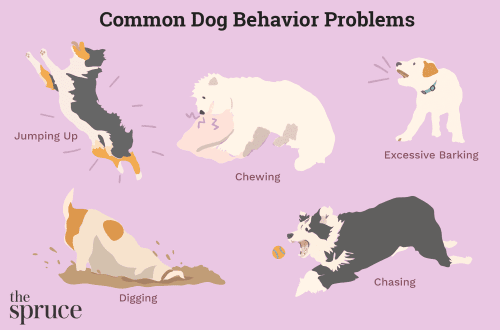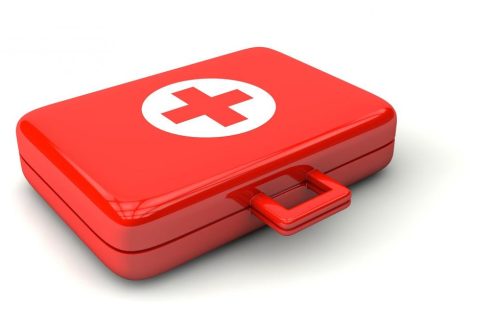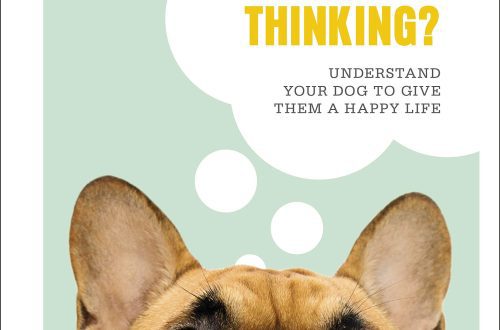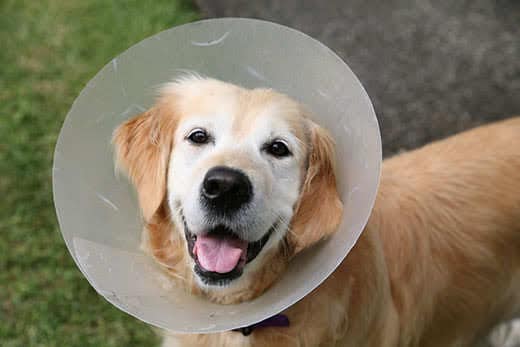
Plastic or soft: how to choose a protective collar for a dog
What funny nicknames are not given to the protective collar that dogs have to wear after surgery or injury! This is a collar, and a lampshade, and a radar.
The most common name for a collar for dogs around the neck is an Elizabethan collar. It is so named after the puffy ruffled collar of stiffly starched lace that was popular in Britain in the late XNUMXth century during the reign of Queen Elizabeth I. But in relation to pets, it is more of a functional accessory than a fashion accessory.
This dog protection cone may look ridiculous, but it plays an important role in the animal’s recovery process.
Contents
How to choose a protective collar for dogs
There are soft and plastic collars on the market, but in any case, you should choose an easy-to-use device that the dog can tolerate relatively well. Collars come in a variety of sizes and configurations, so you should discuss with your veterinarian what is best for your pet based on the location of the wound.
Plastic cone for a dog
Protective cones made of lightweight and flexible transparent plastic are popular with veterinarians. Many prefer them because they are durable and keep the dog under control. “I have come to the conclusion that a plastic protective collar is the only sure way to avoid wound problems,” writes Dr. Phil Zeltsman for Trupanion. Most designs have fabric-lined edges and velcro fastening for ease of use.
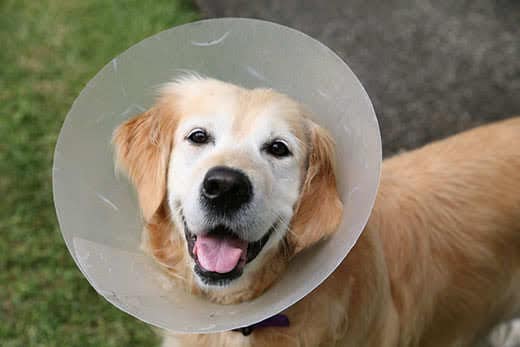 They are easy to clean: just wipe both sides with a damp cloth. You can also decorate a transparent cone by pasting it on the outside (but not inside!) with stickers or stickers.
They are easy to clean: just wipe both sides with a damp cloth. You can also decorate a transparent cone by pasting it on the outside (but not inside!) with stickers or stickers.
Soft protective collar for dogs
If your pet does not tolerate plastic cones, you can try foam-filled nylon collars. They come in a variety of styles and colors and are mostly fastened with Velcro. Many dogs and their owners find soft collars more comfortable due to their flexibility.
However, the dog may find a way to bypass the fabric sides and reach the forbidden area. This will become a problem if the dog collar is to protect a delicate post-operative wound around the eyes or on the muzzle. For this reason, tissue cones cannot and should not be used in case of eye surgery.
A fabric collar can be washed with mild soap and water, or even machine washed, just like a plastic collar, if you follow the instructions for use.
Another option would be an inflatable protective dog collar. Sometimes a cotton T-shirt is even put on the pet, which covers the place of the seams. Before using any alternatives to the traditional cone, a veterinarian should be consulted. Jessica Hamilton, MD at MSPCA-Angell, is confident that this will help ensure that the option chosen is safe for the dog.
Why do dogs wear a cone
Seeing your beloved dog with a “lampshade” on his head can be exciting. But do not worry – veterinarians recommend protective collars for the benefit of the dog itself. They prevent the animal from scratching or licking the incision, wound, or licking off topical ointments or allergy medications.
Without a collar, a dog can chew through surgical sutures in minutes, according to North Town Veterinary Hospital. This will create a costly and potentially life-threatening problem depending on the location of the stitches.
Protective collar for dogs: how much to wear
A cone for dogs is a necessary device for proper wound healing. Having chosen the most optimal collar option for your pet, you should not remove it before the veterinarian allows.
If for any reason your dog is having difficulty adjusting to the collar, you should consult your veterinarian. But do not take it off just because the pet is inconvenienced. The longer a four-legged friend wears a collar, the faster he will get used to it.
The length of time a protective collar is worn to ensure proper recovery depends on the injury or procedure performed. At the control appointment, after examining the operated or injured area, the veterinarian will inform you when it will be possible to remove the cone.
Even if the dog seems to have made a full recovery, it is important to follow the advice of the veterinarian and not remove the collar from the pet before he allows. A dog will not hate his loved one for forcing him to wear a protective collar, even if it takes him time to get used to it.
How to take care of your dog’s protective collar
Because the cone can interfere with your pet’s daily activities – eating, drinking, and even walking around the house – it’s important to make sure the collar is the right size.
As certified dog trainer Kathy Madson writes for Preventive Vet, training your dog for “body awareness” can help in this situation. If your pet is scheduled for surgery, Madson recommends purchasing a protective collar ahead of time to help them adjust. Although clear cones seem to be more convenient as they allow you to see the world around you, it’s important to check with your veterinarian first to find out what’s best for your pet.
It takes patience and more patience to help your dog get used to a protective collar. Pets are not happy with wearing a “satellite dish” around their neck, but the right choice of accessory and support will help them cope with a difficult situation.
See also:
- Nutrients that boost the immune system of pets
- Why is it important to clean up after your dog?
- Why do you need diapers for dogs
- Preventing Growth Disorders in Dogs



